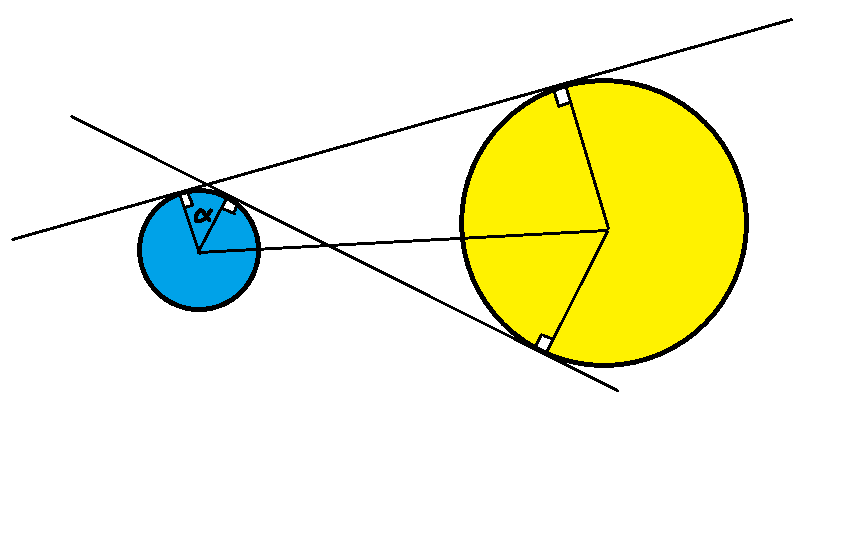Look out at the horizon
 At sunset, there is a moment at which the bottom of the Sun appears to touch the horizon. From this point on, the Sun dips further below the horizon until the point at which it finally disappears from view. How much time (in minutes) passes between the moment the Sun touches the horizon to the moment it disappears?
At sunset, there is a moment at which the bottom of the Sun appears to touch the horizon. From this point on, the Sun dips further below the horizon until the point at which it finally disappears from view. How much time (in minutes) passes between the moment the Sun touches the horizon to the moment it disappears?
Details
- The distance from the Earth to the Sun is 1 4 9 . 6 × 1 0 9 m.
- The radius of the Sun is 6 9 6 . 3 × 1 0 6 m
- For simplicity, suppose that light always travels in straight lines and that you're standing at the Equator.
This problem was posed by the applied mathematician Vadim Patsalo
The answer is 2.13346.
This section requires Javascript.
You are seeing this because something didn't load right. We suggest you, (a) try
refreshing the page, (b) enabling javascript if it is disabled on your browser and,
finally, (c)
loading the
non-javascript version of this page
. We're sorry about the hassle.
4 solutions
 Drawing (alpha is the key)
Drawing (alpha is the key)
Moderator note:
This is a superb illustration of the geometry of the problem.
Imagine a triangle whose sides are 149.6, 149.6, and 1.3926. Notice that the sides are scaled down and 1.3926 is the diameter of the sun. The angle opposite to 1.3926 is 0 . 5 3 3 4 ∘ . The sun traverses 3 6 0 ∘ in 24hours or 1440 minutes. So by proportion, 0 . 5 3 3 4 ∘ x = 3 6 0 ∘ 1 4 4 0 x = 2 . 1 3 3 6 m i n
Find the angle which diameter of sun subtend at earth. Find out what fraction of the total rotation of earth in a day it is then multiplying by 24 will give the answer in hours.
2 r / D = θ 2 π θ × 2 4 × 6 0 = A n s We are doing this to find out time in which earth rotates the angle which the sun subtends at any point on earth.
Moderator note:
Slick. Would you have to modify this approach at all if the Sun were much closer to Earth?
